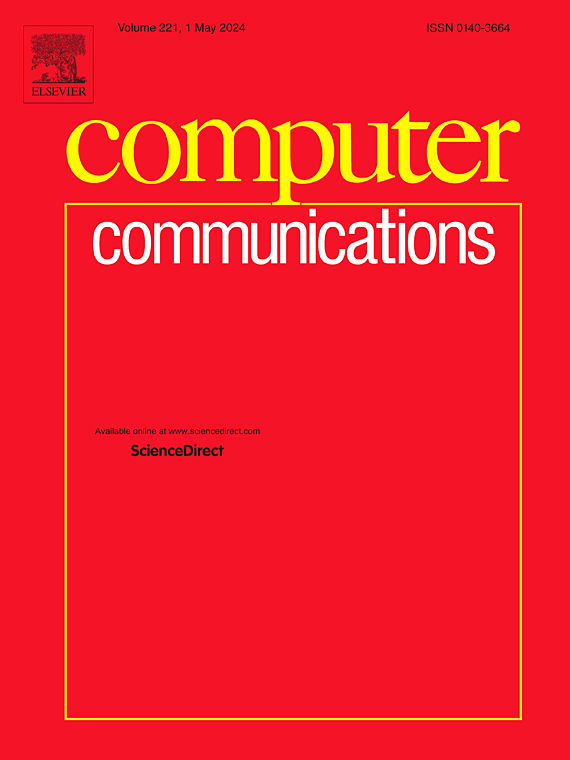基于深度时空学习的网络性能断层扫描路径拥塞状态识别
IF 4.3
3区 计算机科学
Q1 COMPUTER SCIENCE, INFORMATION SYSTEMS
引用次数: 0
摘要
网络断层扫描在通过端到端路径级测量评估网络内部链路的运行状态方面起着至关重要的作用,独立于网络基础设施的合作。然而,内部网络链路性能推断的准确性很大程度上依赖于全面的端到端路径性能数据。大多数网络断层扫描算法采用传统的基于阈值的方法来识别路径上的拥塞,然而这些方法受到网络复杂性的限制,导致错误识别异常链路和忽略拥塞攻击等不准确性,从而阻碍了算法的性能。本文引入了累加拥塞状态的概念来有效地解决这些挑战。使用结合了对抗自编码器(AAE)和长短期记忆(LSTM)网络的框架,该方法稳健地分类(非拥塞、单拥塞或多拥塞)并量化(关于拥塞链路的数量)附加拥塞状态。利用先验路径信息和捕获探测流的时空特征,与传统的网络断层扫描算法相比,该方法显著增强了拥塞链路的定位和链路性能的推断,实验评估证明了这一点。本文章由计算机程序翻译,如有差异,请以英文原文为准。
Identification of path congestion status for network performance tomography using deep spatial–temporal learning
Network tomography plays a crucial role in assessing the operational status of internal links within networks through end-to-end path-level measurements, independently of cooperation from the network infrastructure. However, the accuracy of performance inference in internal network links heavily relies on comprehensive end-to-end path performance data. Most network tomography algorithms employ conventional threshold-based methods to identify congestion along paths, while these methods encounter limitations stemming from network complexities, resulting in inaccuracies such as misidentifying abnormal links and overlooking congestion attacks, thereby impeding algorithm performance. This paper introduces the concept of Additive Congestion Status to address these challenges effectively. Using a framework that combines Adversarial Autoencoders (AAE) with Long Short-Term Memory (LSTM) networks, this approach robustly categorizes (as uncongested, single-congested, or multiple-congested) and quantifies (regarding the number of congested links) the Additive Congestion Status. Leveraging prior path information and capturing spatio-temporal characteristics of probing flows, this method significantly enhances the localization of congested links and the inference of link performance compared to conventional network tomography algorithms, as demonstrated through experimental evaluations.
求助全文
通过发布文献求助,成功后即可免费获取论文全文。
去求助
来源期刊

Computer Communications
工程技术-电信学
CiteScore
14.10
自引率
5.00%
发文量
397
审稿时长
66 days
期刊介绍:
Computer and Communications networks are key infrastructures of the information society with high socio-economic value as they contribute to the correct operations of many critical services (from healthcare to finance and transportation). Internet is the core of today''s computer-communication infrastructures. This has transformed the Internet, from a robust network for data transfer between computers, to a global, content-rich, communication and information system where contents are increasingly generated by the users, and distributed according to human social relations. Next-generation network technologies, architectures and protocols are therefore required to overcome the limitations of the legacy Internet and add new capabilities and services. The future Internet should be ubiquitous, secure, resilient, and closer to human communication paradigms.
Computer Communications is a peer-reviewed international journal that publishes high-quality scientific articles (both theory and practice) and survey papers covering all aspects of future computer communication networks (on all layers, except the physical layer), with a special attention to the evolution of the Internet architecture, protocols, services, and applications.
 求助内容:
求助内容: 应助结果提醒方式:
应助结果提醒方式:


